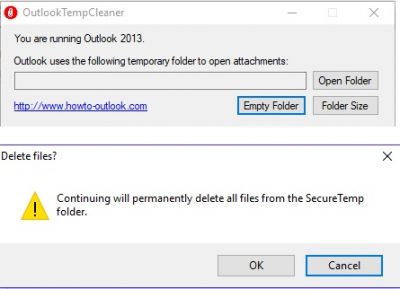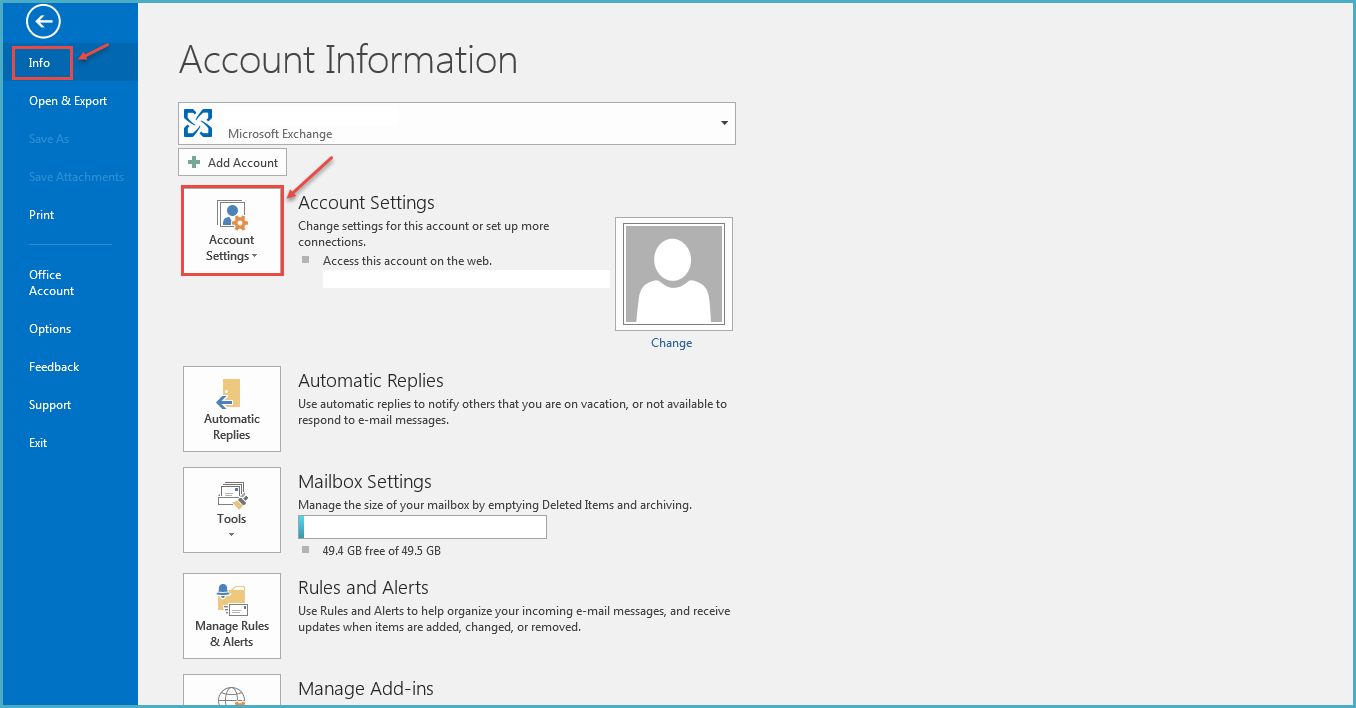
Click the OK button at the bottom of the window.Īs mentioned earlier, you should now close Outlook and restart it so that the troubleshooting logging can begin. Step 5: Scroll to the bottom of this window and check the box to the left of Enable troubleshooting logging. Step 4: Click the Advanced tab at the left side of the Outlook Options window. Step 3: Click the Options button at the bottom of the column on the left side of the window. Step 2: Click the File tab at the top-left corner of the window. Additionally, once you have completed whatever action is required for your troubleshooting, you should complete these steps again to turn the troubleshooting logging off, as it can cause performance issues with Outlook.

Note that you will need to restart Outlook after you have enabled this feature. The steps below are going to turn on something called “troubleshooting logging.” It’s possible if you are having issues with Outlook on your computer that some support personnel will request logs created by Outlook that can tell them what is causing any problems that you might be experiencing.

#Outlook temp folder location 2013 how to
How to Turn on Troubleshooting Logs in Outlook 2013 Our guide below will help you to find the setting that will turn on troubleshooting logging in Outlook 2013 so that you can begin collecting this information. This will generate logs of the program that can then be analyzed to determine the issue. Depending upon the nature of the problem, then individual or company from whom you are seeking assistance may ask you to enable troubleshooting logging in Outlook.

If you are experiencing problems with Microsoft Outlook, then it’s possible that you have sought out help in resolving the problem that you are having.


 0 kommentar(er)
0 kommentar(er)
